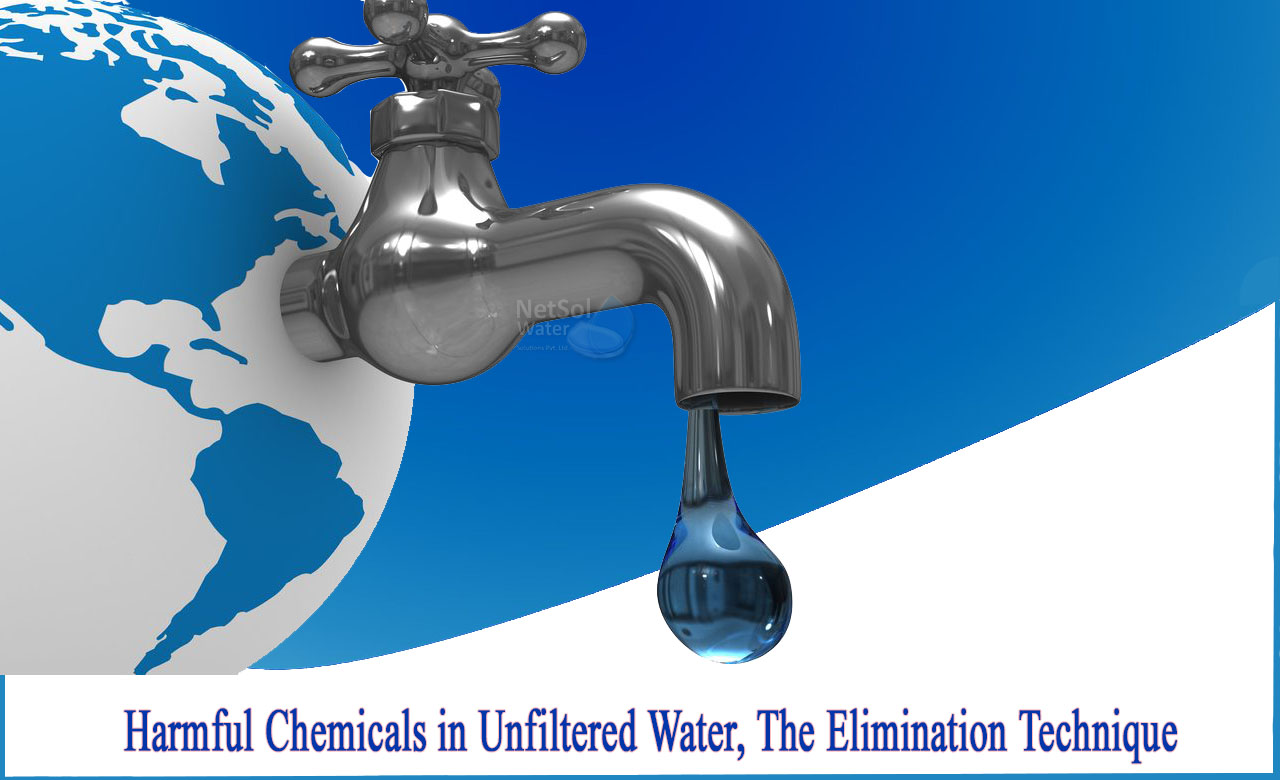Water is required for all life forms on Earth to exist. Water is required for cell synthesis and structure, as well as nutrient transport into cells and body metabolism. Water contamination disrupts the mechanism's spontaneity, resulting in long-term/short-term diseases.
A "contaminant" in water is any physical, biological, chemical, or radioactive substance or matter. As a result, the definition of "water contaminant" in the Safe Drinking Water Act is limited to anything other than water molecules. Pollutants in drinking water are almost certainly present in trace amounts. Dangerous chemicals in unfiltered water cause harm if consumed in certain amounts, while others may cause harm if consumed in large quantities.
How many types of Contamination in Water?
The geological materials through which groundwater flows, as well as the quality of the recharge water, determine the types and concentrations of natural contaminants. Groundwater moving through sedimentary rocks and soils can pick up a variety of compounds, such as magnesium, calcium, and chloride, arsenate, fluoride, nitrate, and iron; thus, the effect of these natural contaminants depends on their type and concentration. Water can also be contaminated by naturally occurring elements at unacceptable levels.
Many pollutants are industrial and agricultural pollutants, such as heavy metals like mercury, copper, chromium, and lead, as well as hazardous chemicals, dyes, and compounds like insecticides and fertilizers. Paints, synthetic detergents, solvents, oils, medicines, disinfectants, pool chemicals, pesticides, batteries, gasoline, and diesel fuel can all pollute ground water if they are not properly stored or disposed of.
Some pollutants are easily identified by examining the color, odor, turbidity, and taste of the water. Most, on the other hand, are difficult to detect and require testing to determine whether or not the water is contaminated. As a result, the contaminants may produce an unpleasant taste or odor, staining, and have negative health effects.
PHYSICAL POLLUTANTS
The most significant influence on the appearance and other physical properties of water is exerted by physical pollutants. Sediment and organic material suspended in rivers, lakes, and streams as a result of soil erosion are among them.
BIOLOGICAL POLLUTANTS
Biological contaminants include bacteria, viruses, protozoa, parasites, etc. Also referred to as microbiological contaminants, these organisms cause a variety of water-borne diseases in every age group and are high level pathogenic. They cause diseases like typhoid, giardiasis, hepatitis, polio, etc. We can’t compromise sanitation when considering drinking water. It is recommended to treat them before discarding water for various uses especially drinking water.
RADIO ACTIVE CONTAMINANTS
Unstable atoms capable of emitting ionising radiation are found in chemical elements with an unbalanced number of neutrons and protons, a condition known as radiological water contamination. Caesium, plutonium, and uranium are all possible radiological contaminants in unfiltered water.
CHEMICAL CONTAMINANTS
Chemical pollutants are chemical substances or elements that enter water from both natural and man-made sources. Pesticides, nitrogen, salts, metals, bleach, bacterial toxins, and human or animal medicines are among them.
POLLUTANTS ARE CLASSIFIED INTO TWO GROUPS BASED ON THEIR HEALTH EFFECTS:
1-ACUTE HEALTH IMPLICATIONS
Acute effects occur within hours or days of ingesting a contaminant. People develop acute health problems when exposed to extremely high levels of almost any contaminant. In unfiltered water, pathogens are most likely to reach levels high enough to cause immediate health effects. Bacteria and viruses are two of the most common microbes/pathogens.
2-CHRONIC HEALTH IMPLICATIONS OF UNFILTERED WATER
Chronic consequences occur when an individual consumes contaminants at levels above the EPA's established safety standards for an extended period of time. Chemicals (such as chlorinated compounds, solvents, and insecticides), radioactive elements (such as radium), and minerals are examples of water pollutants that may have long-term effects on human health. Cancer, liver or kidney disorders, and reproductive complications are among the long-term consequences.
TREATMENT OF POLLUTED WATER:
WATER FILTRATION
Toxins are removed from your drinking water by using a water filter. The use of a water filter ensures that the water you drink is free of harmful pollutants. Water filters use a variety of methods to remove impurities and toxins from your water supply, ensuring that it is safe and healthy. Indeed, these include low-cost, easy-to-install filters and filtration systems.
In the field of water treatment, NETSOL WATER is a well-known and trusted brand. We operate independently and offer a wide range of water purification services, including NETSOL installation, repair, and maintenance.
Domestic, commercial, and industrial water purification of various capacities are available. Customer service representatives from NETSOL WATER are always available to register NETSOL water plants, repair and installation service requests.
Netsol Water is Greater Noida-based leading water & wastewater treatment plant manufacturer. We are industry's most demanding company based on client review and work quality. We are known as best commercial RO plant manufacturers, industrial RO plant manufacturer, sewage treatment plant manufacturer, Water Softener Plant Manufacturers and effluent treatment plant manufacturers. Apart from this 24x7 customer support is our USP. Call on +91-9650608473, or write us at enquiry@netsolwater.com for any support, inquiry or product-purchase related query.



